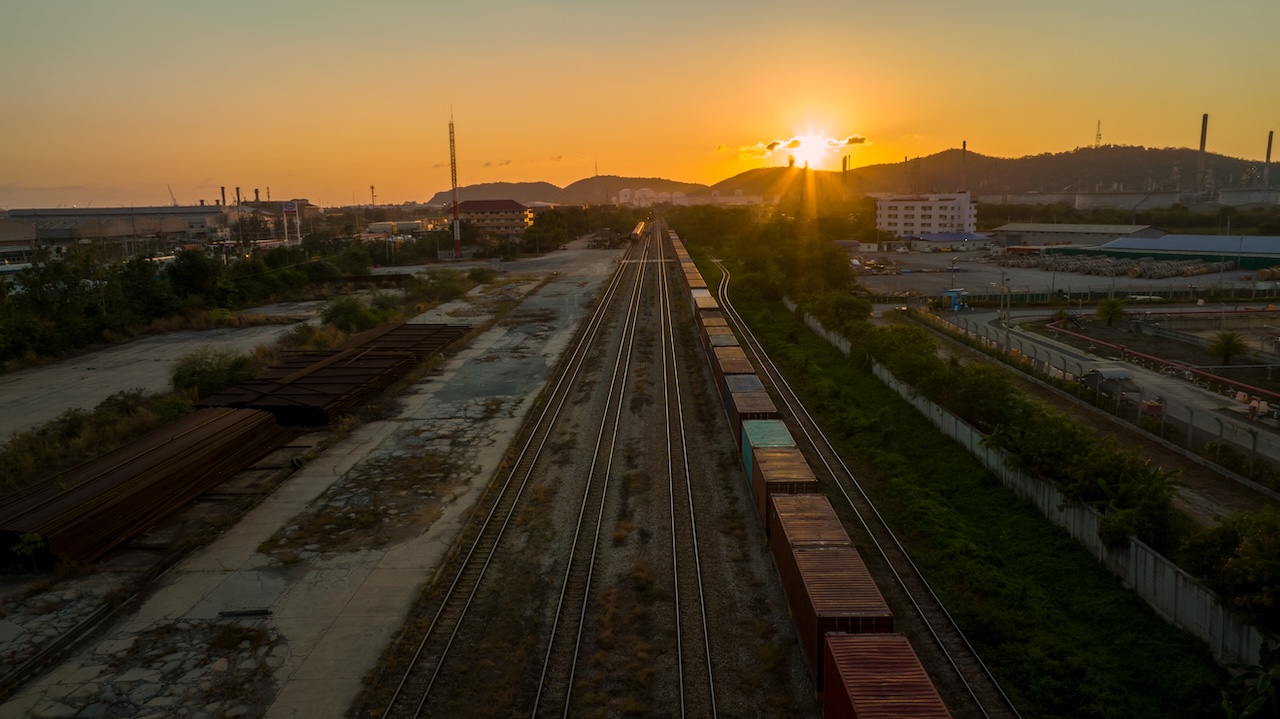Mexico’s Panama Canal Bypass Creative, Cost-Effective
Mexico’s interoceanic rail and port duo wants a slice of Asia to US trade by dodging Panama bottlenecks and fees. Here is what it could save and why.

The Concept
Mexico is reviving a very old shortcut and giving it modern boots. The Interoceanic Corridor of the Isthmus of Tehuantepec links the Pacific port of Salina Cruz to the Gulf port of Coatzacoalcos with a 308 km freight rail “land bridge,” plus expanded terminals and new industrial parks along the route. Freight service on the main line is open, with ports still scaling up. Think ship to train to ship, all inside Mexico, instead of squeezing through the locks.
The concept is not theoretical anymore. In late March, Hyundai moved 900 vehicles across the corridor in about nine hours by rail, a pilot Mexico’s leaders billed as proof of concept for Asia to US flows via the Gulf. Local authorities said the move can cut total transit time by about five days compared to routing through the Panama Canal. They also claimed total logistics costs about 15% lower for this kind of shipment.
Why Shippers Might Pick Mexican Rail Over Panama Canal
Two things keep the business case interesting. First, the Canal is still not back to its pre-drought rhythm. Daily transits have hovered in the low 30s this year, and the authority itself projects 33 per day in 2026, below the 36 typical before the 2023–24 crunch. Fewer slots mean more volatility for schedules and costs.
Second, when the Canal jams, auctions for priority slots get pricey. During the 2023 drought, a record premium near 4 million dollars cleared for one transit, and even average premiums in early 2024 landed in the mid-six figures. Those are ship-level charges on top of normal tolls and services. Avoiding that risk entirely has value all by itself.
Mexico’s corridor is also scaling. The government and industry reports point to a ramp toward the low millions of TEU capacity by the early 2030s, with rail and terminal upgrades underway. It is not the Canal in sheer volume, but it does not need to be to siphon time-sensitive or fee-sensitive moves.
Doing The Math For Asian Shippers
Let’s anchor a simple projection to published numbers.
Baseline ocean rate: Drewry’s World Container Index showed Shanghai to New York spot pricing at $3,278 per 40-foot container (FEU) in the week of September 25, 2025.
Claimed corridor savings: Oaxaca’s economic ministry said the interoceanic move cut total logistics cost by about 15% versus a Canal routing on the Hyundai pilot. If that percentage held for standard Asia to US East Coast containers, a 15% reduction on $3,278 equals about $492 saved per FEU. For a 1,000-FEU sailing worth of cargo, that is roughly $492,000 off the transport bill. Time savings were pegged at around five days for that pilot move.
Disruption scenario: In periods of Canal stress, carriers can pay auction premiums to jump the queue. An average $654,000 premium reported in early 2024 would equate to about $131 per FEU on a 10,000-TEU ship loaded to 5,000 FEU equivalent. The record $3.975 million premium would be about $795 per FEU on that same assumption. Avoiding those premiums would stack on top of the corridor’s base savings in those conditions.
The fine print: Canal toll structures are complex and change over time, and the corridor adds two extra lifts and a rail leg that may price differently by commodity and time of year. Still, the published 15% figure and current spot rates give a reasonable yardstick for what shippers might pocket when the route, cargo type, and schedules line up.
Potential Hurdles
Capacity and execution matter. The corridor is single-track in stretches and the Salina Cruz build-out is ongoing, so near-term throughput is modest compared to the Canal. The play here is targeted volumes that value time certainty or cost stability more than one-stop ocean simplicity. I expect a gradual ramp as terminals, rail passing sidings, and industrial parks come online and regular sailings build a timetable.
Conclusion
Mexico’s land bridge is not replacing the Panama Canal, nor does it need to. It offers an optional path that sidesteps canal caps, auction drama, and some weather risk, while trimming days on the clock for certain Asia to US routings. Early pilots show nine hours across the isthmus, a claimed five-day transit gain, and a plausible 15% total logistics saving that pencils to about $492 per FEU at today’s East Coast spot rates. If the Canal stays tight or volatile, the spread can widen. If the corridor keeps its build-out on track and locks in reliable schedules, expect more shippers to treat Mexico’s rail relay as a smart Plan B that becomes a habitual Plan A for the right lanes. Successful roll-out and adoption by shippers will not only reduce traffic at the Canal, but it will also potentially lower costs in the process.
What do you think?